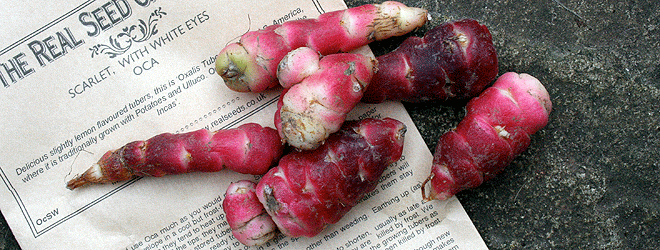February, eh? What a scorcher! We spent the latter half of the month prancing around in shorts, waving at early emerging butterflies and sniffing the sweet scent of early spring*. As we now creep into March, the weather has gone back to being a bit parky, and our thoughts waft back to this time last year when we had to wade through chest high drifts of snow on the way to the Co-op to fight someone for a pint of semi-skimmed.
Winter often has a sting in its tail, and a rerun of last year’s ‘Beast from the East’ would certainly curtail our short-flouncing fun, not to mention being rather problematic for my hungry wood burner, should it need to be called back into action. Having coveted Nick’s wood store for the last year or so, I managed to bag my own –courtesy of Bentley Tools – and busied myself during the winter months by stuffing it with choice logs foraged locally**. My wood stash took a bit of a bashing over Christmas due to frivolous burning brought on by the dark evenings and cold, moaning relatives, and as you can see by the photos above, my store is in desperate need of replenishment.
Anyone with a log burning stove will likely have had the temptation to round up any old bits of timber they can get hold of and chuck them on the flames: from trees lopped in your own garden, to fallen branches from the surrounding land or even tired old bits of furniture, but to get the best out of a wood burner (and to protect your chimney from sooty deposits), you really need to feed it with seasoned wood.
How to season wood
Seasoning wood is the process of leaving chopped bits of timber to naturally reduce their moisture content until they’re ready to burn. Most wood has between 30% to 45% moisture which should be reduced to 20% to 25%. If you’re chopping a tree for seasoning then winter is the best time to do this as it’ll be in its dormant period with no sap rising, giving you a better starting point to begin.
Chop the wood into fire-ready pieces (smaller lumps dry quicker than big lumps) and make sure it’s stacked in a way that air can circulate throughout. Hence, the open, slatted sides of a wood store. If you’re lucky, depending on tree time and drying conditions, your winter-chopped wood could be ready for the fire in the following winter, but in most conditions it’s worth leaving it for at least 18 to 24 months if you can.
If you can’t get your hands on seasoned wood, then look for fir – it’s a wood that burns better than most while still green. Fir has a high resin content which will cause spitting and crackling when flung on a fire, but it will generate an instant, high level of heat. For this reason, it’s an excellent choice to use as kindling.
But what kind of wood would a wood burner burn if a wood burner could burn wood? Here’s six of the best to feed your fire.
The best wood to burn
Ash
Ash is considered one of the best woods to fling on your fire. It’s one of the few woods that can be burnt green (unseasoned) and produces a strong, steady flame with excellent heat output.
Beech
Seasoned beech is another popular flaming beauty. It gives off a nice feisty flame and churns out decent heat. If you can, give it at least two years seasoning before burning.
Apple
Keep hold of those apple tree prunings – when dry apple wood it burns nice and slowly and gives off a pleasant aroma.
Hawthorn
Another good burning wood that is well suited to stoves. We also like hawthorn berries...
Oak
Oak takes the longest to season – ideally it should be left for a minimum of two years – but if you’re after a nice, slow burn, oak is the one to go for.
Birch
Gives off great heat and a pleasant aroma, but it burns relatively quickly, so mix it with slower burning wood. It can be burnt unseasoned if you choose to do so, but be aware that birch wood can be quite sappy which will cause sooty deposits in your flue. For a birch-ey bonus, peel off the barch and use it as a firelighter.
And three to avoid…
Laburnum
Burning laburnum will create toxic gas. See also: Yew. Avoid.
Willow
Smells like dog shite when burning – an aroma guaranteed to spoil the cosiest of fireside gatherings.
Driftwood
A beachcombers stash of salt saturated wood can release toxic chemicals when burnt. Best save this timber for making rustic signs and flogging on Etsy for £££s
≠≠≠≠≠≠≠≠≠≠≠≠≠≠≠≠≠≠≠≠≠≠≠≠≠
Charles Bentley wood store available from BuyDirect4U for £99
≠≠≠≠≠≠≠≠≠≠≠≠≠≠≠≠≠≠≠≠≠≠≠≠≠
* Whilst try to ignore the elephant in the room – the elephant being irreversible climate change and impending global catastrophe.
** Taken from my neighbours supply, under the cover of darkness.









I love oak wood, especially for cooking. It gives meats a unique taste and would prefer to use it instead of coal and gasses.
If you are just burning wood to generate heat then a great way to season logs is to split them with a small axe and keep them close to the stove.
A good way to let the heat penetrate the logs is to keep them higher than the floor level. I like to separate them and keep them on different levels, so I built a small multi story shelf out of scrap timber. It doesn’t look to fancy but does the job well.